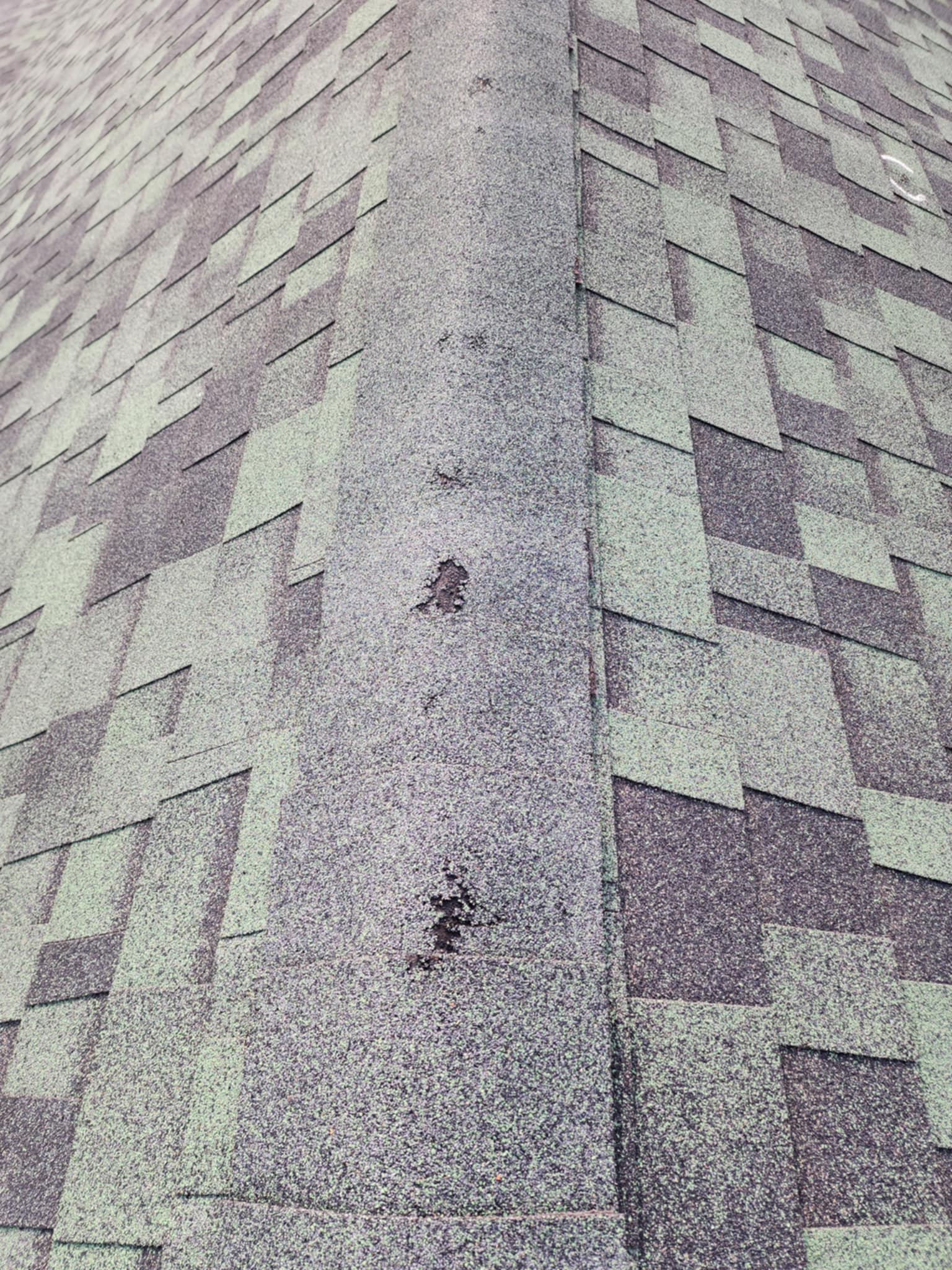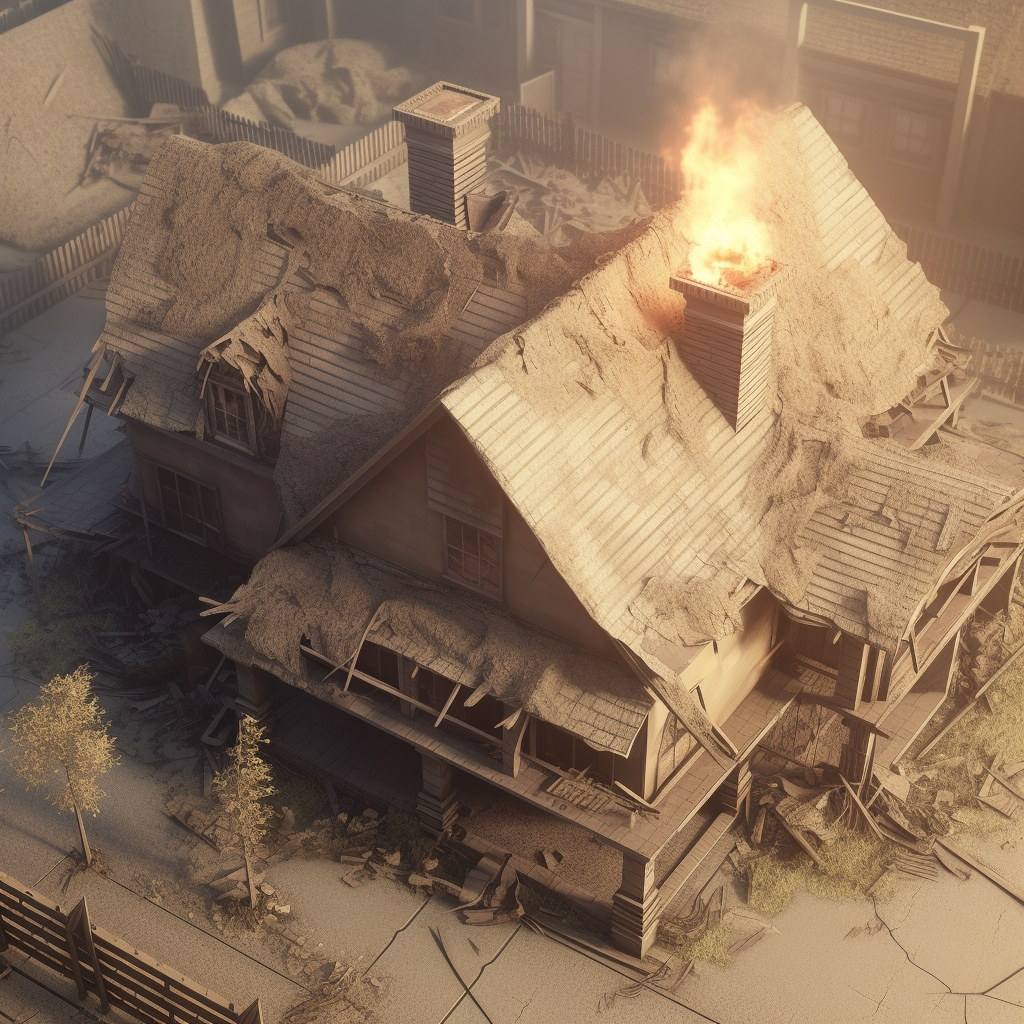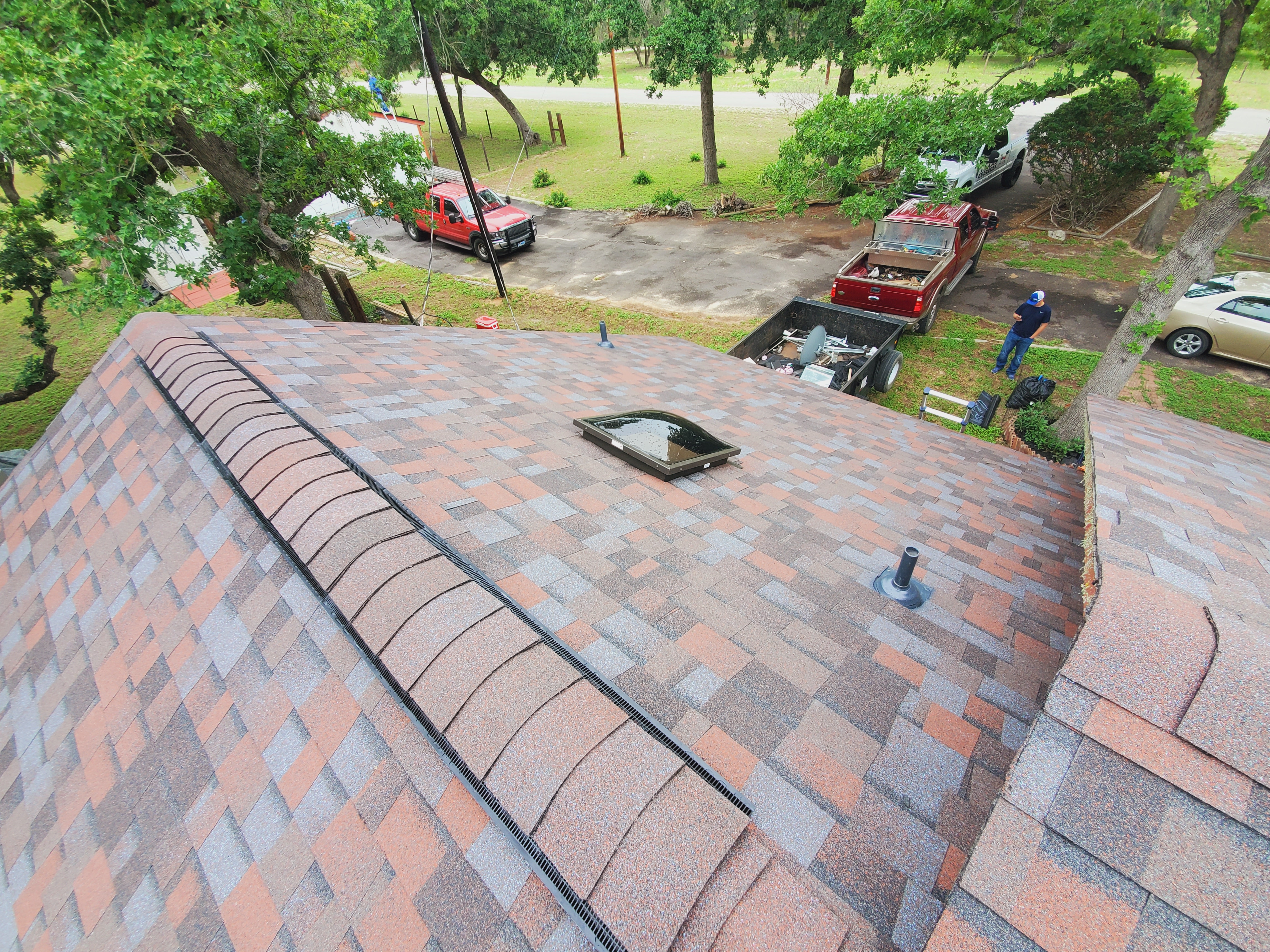If your roof has been damaged by hail, wind, or a storm, you’re likely wondering: What’s next? The insurance claim process can be confusing, and many homeowners don’t know where to start. That’s why we’ve put together this step-by-step guide to help you understand how to file a claim, what to expect, and how to ensure you get the coverage you deserve.
How Long Do I Have to File a Roofing Insurance Claim?
Most homeowners insurance policies allow up to one year to file a claim for storm damage. However, some policies may have shorter deadlines (as little as six months) depending on your provider. It’s crucial to check your policy and act quickly—waiting too long could result in a denied claim.
Why File ASAP?
- Damage gets worse over time. A minor leak today can turn into costly interior damage.
- Insurance companies may question delayed claims. If you wait too long, they might argue the damage was due to neglect rather than the storm.
- Storms don’t leave permanent records. The longer you wait, the harder it is to prove that a storm caused the damage.
What You Need to File a Roof Insurance Claim
Before you call your insurance company, make sure you have:
✅ A Professional Roof Inspection – Your insurance adjuster will inspect the damage, but having a professional roofing contractor’s assessment ensures that nothing is overlooked.
✅ Date of Damage – Insurance companies will ask when the damage occurred. A storm history report (which we can help provide) can verify this.
✅ Photo Evidence – Take clear pictures of the damage, both close-up and from a distance. If possible, include “before” photos to compare.
✅ Insurance Policy Details – Know what your policy covers, your deductible, and whether you have Replacement Cost Value (RCV) or Actual Cash Value (ACV) coverage.
Step-by-Step Process for Filing a Roofing Insurance Claim
Step 1: Get a Professional Roof Inspection
Your first call should be to a trusted local roofing company (like us! 😉) to assess the damage. A professional roofer will provide a detailed report and guide you through the claims process.
Step 2: Contact Your Insurance Company
Call your provider and report the damage. Be prepared to:
📞 Provide the date of the storm
📸 Submit photos and documentation
📑 Request an adjuster appointment
Step 3: Insurance Adjuster Inspection
Your insurance company will send an adjuster to inspect your roof. Having your roofing contractor present ensures that all damage is documented correctly.
Step 4: Claim Approval & Settlement
Once the adjuster submits their report, you’ll receive an approval or denial. If approved, you’ll get a claim settlement outlining what they’ll cover.
Step 5: Roof Repair or Replacement Begins
After receiving your insurance payout, your roofing contractor will begin work. If you have RCV coverage, you may receive a second check after the work is completed.
Step 6: Final Inspection & Payment
Once the job is done, we’ll complete a final walkthrough to ensure everything meets our quality standards. Then, you submit proof of completion to your insurance provider to finalize any remaining payments.
What If My Claim Is Denied?
If your claim is denied, don’t panic! You have options:
🚨 Request a reinspection – If you believe the adjuster missed something, you can ask for a second opinion.
🔍 Hire a public adjuster – A third-party adjuster can review your case and negotiate with your insurance company.
🏗️ Explore financing options – If insurance won’t cover the cost, we offer affordable financing plans to get your roof fixed ASAP.
We’re Here to Help! Call for a Free Inspection Today
Navigating insurance claims can be overwhelming, but you don’t have to do it alone. At Texas Roofing & Home Improvements, we’re insurance claim experts who fight to ensure homeowners get the coverage they deserve.
📞 Call us today at 210-379-1307
📩 Message us on Facebook
💻 Visit wearetexasroofing.com
Let’s get your roof back in top shape—the right way! ✅🏡💪



